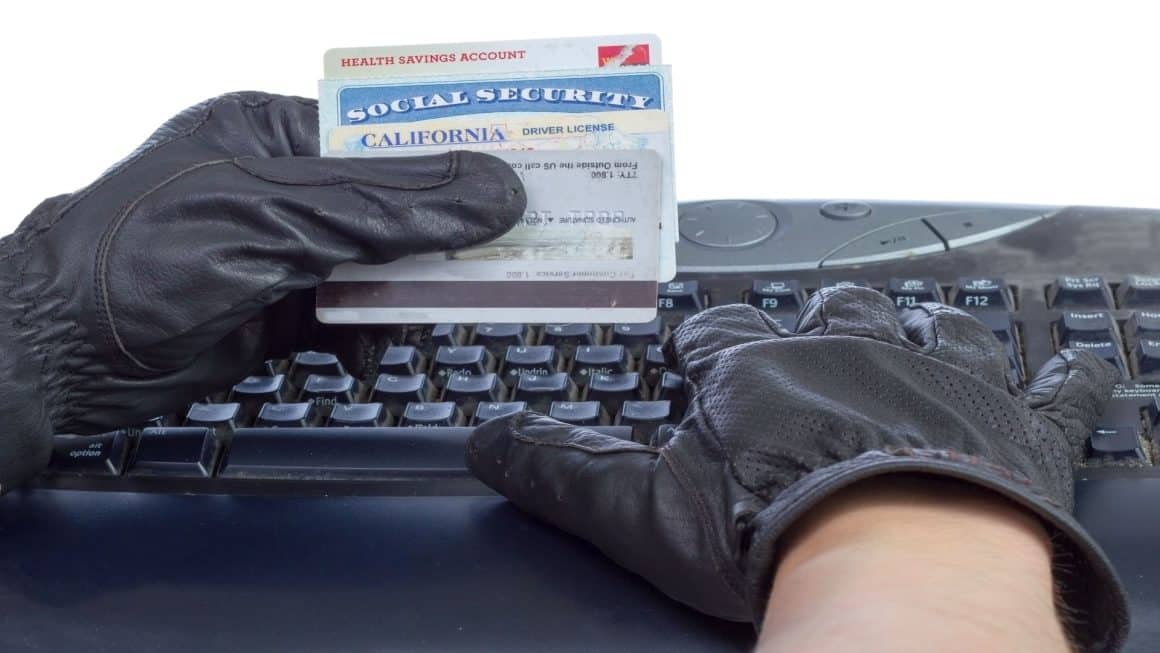Theft is the unlawful taking of anything that doesn’t belong to you. It can be a small item like a piece of gum or someone else’s purse. Theft also includes more expensive items such as jewelry or a brand-new car. It may even involve a small amount of cash to a multi-million company fund. You can steal from home, an office, or even government property.
Theft can occur as a simple misdemeanor or quickly escalate to a felony or federal crime. Local and state laws often prescribe jail time, community service, or paying fines as punishment. As theft charges can affect your future education or employment prospects, it’s best to learn what constitutes theft and what you can do if you’re charged with any of those listed below.
Theft And Its Types
Theft is an umbrella term for intentional acts of taking another person’s property. According to experts such as criminal defense lawyer Julian Stroleny, there are four broad categories of theft charges, with several subcategories under each charge.
1. Larceny-Theft
Larceny is the most common type of theft in the United States. It is a crime against individuals because it involves taking the personal belongings of another person. According to Statista, a total of 4.6 million theft cases involved taking another person’s car, bike, purse, cellphone, and other personal belongings. They occur on streets, homes, offices, commercial establishments, and government properties.
The absence of force distinguishes larceny from other types of theft. It doesn’t involve threats or weapons for you to obtain another’s property. Shoplifting, burglary, petty theft, and grand theft are some of the most common types of larceny.
Shoplifting is taking store merchandise without the intent to pay the owner for the goods. Even concealing the item while you are in the store is considered shoplifting. It may seem like a petty crime, but getting caught can lead to a criminal record.
On the other hand, burglary is an intrusion into an enclosed space to steal one or several items. Crooks can break into a private dwelling or a public space to steal jewelry, money, or even a brand-new car.
Penalties for larceny-theft depend on the property’s value and applicable local and state laws. They typically involve jail time, community service, or even costly fines.
For example, you can be charged with petty theft if you steal one or several items that amount to USD$500. If the amount is higher, like in the case of motor vehicle theft, it’s considered grand theft and can result in imprisonment for up to 15 years and a maximum fine of USD$10,000.
2. Robbery
Robbery is a theft charge that involves threats, intimidation, and the use of weapons. It has two categories: strong arm and armed. Strong-arm robbery, also known as mugging, involves using force to gain possession of another’s property.
In contrast, armed robbery involves using weapons such as a knife, gun, etc., to gain possession of a desirable object. In the case of armed robbery, the perpetrator doesn’t need to use the weapon per se, as the mere sighting of a harmful object is enough to qualify as an armed robbery case.
3. Identity Theft
Compared to other theft charges that involve material possessions, identity theft pertains to the unauthorized use of a person’s name, bank details, social security number, and additional information. Aside from theft, several states also have additional laws regarding identity theft. This offense can land you years in prison once proven guilty.
4. Fraud
Obtaining another person’s property or collecting benefits through fraudulent means is also a form of theft. Falsifying insurance claims for the sake of collecting compensation is a typical example. Others do not pay the correct taxes or none at all. Still, others commit credit card fraud or issue bad checks. Employees who misuse company funds for their interests can be charged with embezzlement, too.
Fraud is often considered a white-collar crime because it is common in corporate settings. Although they do not involve the use of force, fraud can lead to disastrous consequences for a company or business. It can erode a business’s reputation and can endanger a company’s finances.
Those charged with fraud could lose their jobs and may need to face an arduous legal battle to demonstrate their innocence. They can face several years of jail time and hefty fines if proven guilty.
Conclusion
In sum, theft is knowingly taking another person’s property for personal gain. Those who steal can obtain money, cars, jewelry, and other items by simply taking them. Shoplifting and burglary are common examples. Others resort to violent ways to break through and steal from homes, offices, and commercial establishments. Some use their cunning ways to coerce individuals into surrendering their property so they can use it for their interests.
No matter what method you use and how much you steal, theft is a criminal offense. It can be challenging to defend yourself against one, but knowing its types and who to turn to can help you avoid getting a criminal record and a lifetime behind bars.
